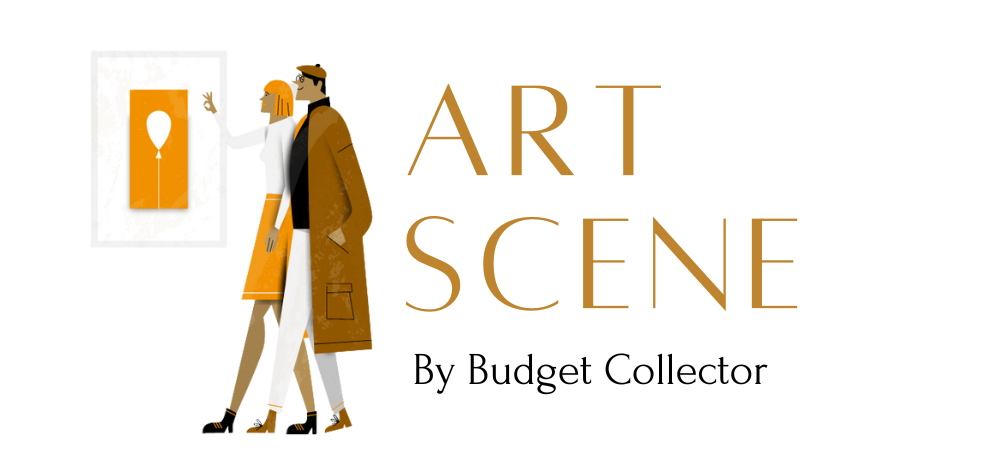Analyzing Color Patterns Across Centuries of Art
As museums nationwide work to digitize their collections, questions about what we can learn from large-scale analysis of artworks become increasingly relevant. A few years ago, we partnered with a Georgia Tech research team (Group 7 Global Data Artists) to explore whether color choices in paintings correlate with time period, geographic region, and artistic movements.
The Research Question
The team investigated a specific hypothesis: Do dominant colors in artworks show meaningful patterns based on when and where they were created? Using our collection data and image processing techniques, they analyzed 386 paintings to extract and categorize dominant color patterns.
The Approach
The researchers used k-means clustering algorithms to identify the top five dominant colors in each artwork, then tracked these colors across:
- Time periods (primarily 17th-20th centuries)
- Geographic regions (North America and Europe)
- Artistic styles and movements
- Subject matter and symbolism
What They Found
Black emerged as the most dominant color across the dataset, prevalent since the 17th century with wide-ranging symbolism—from depicting sorrow and rebellion to serving as background contrast. Brown commonly appeared in naturalistic 19th and 20th century works, often representing natural elements. Gray became increasingly popular during the same period, potentially influenced by the rise of photography.
The research also revealed technical limitations: copper-based green pigments oxidizing to brown over centuries, challenging even computer-aided color analysis.
The Takeaway
While the team couldn’t establish definitive statistical correlations with the dataset size, they identified meaningful trends connecting color usage to artistic movements, technological advances in pigment production, and cultural symbolism. The research demonstrated both the potential and limitations of AI-assisted analysis in understanding art history.
Watch the Full Presentation
The 10-minute presentation walks through their methodology, interactive visualizations, and detailed findings about each dominant color’s historical usage patterns.
This project represented an early validation of our approach: combining museum collection data with computational analysis to surface insights that would be impossible to identify manually. It also highlighted why context matters—algorithms can process colors, but understanding an artwork’s emotional and cultural significance still requires human expertise.
Link to github repo








